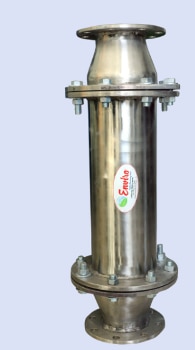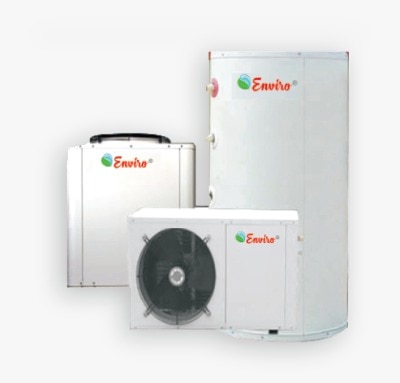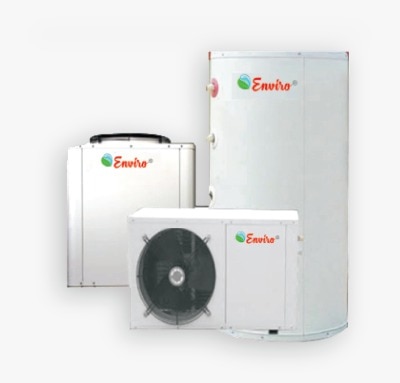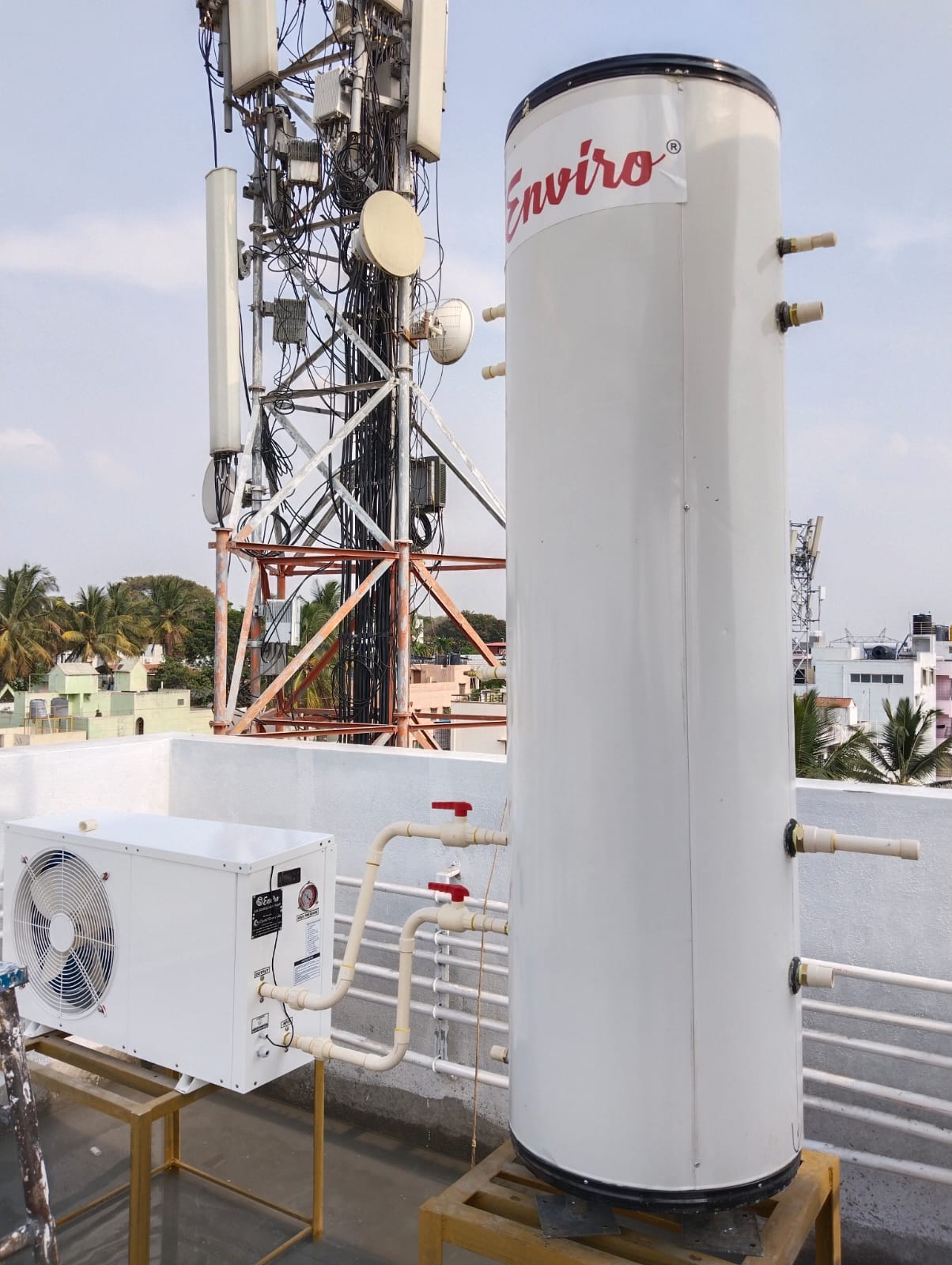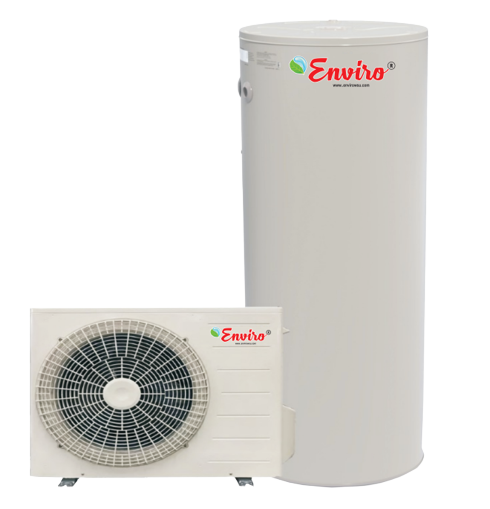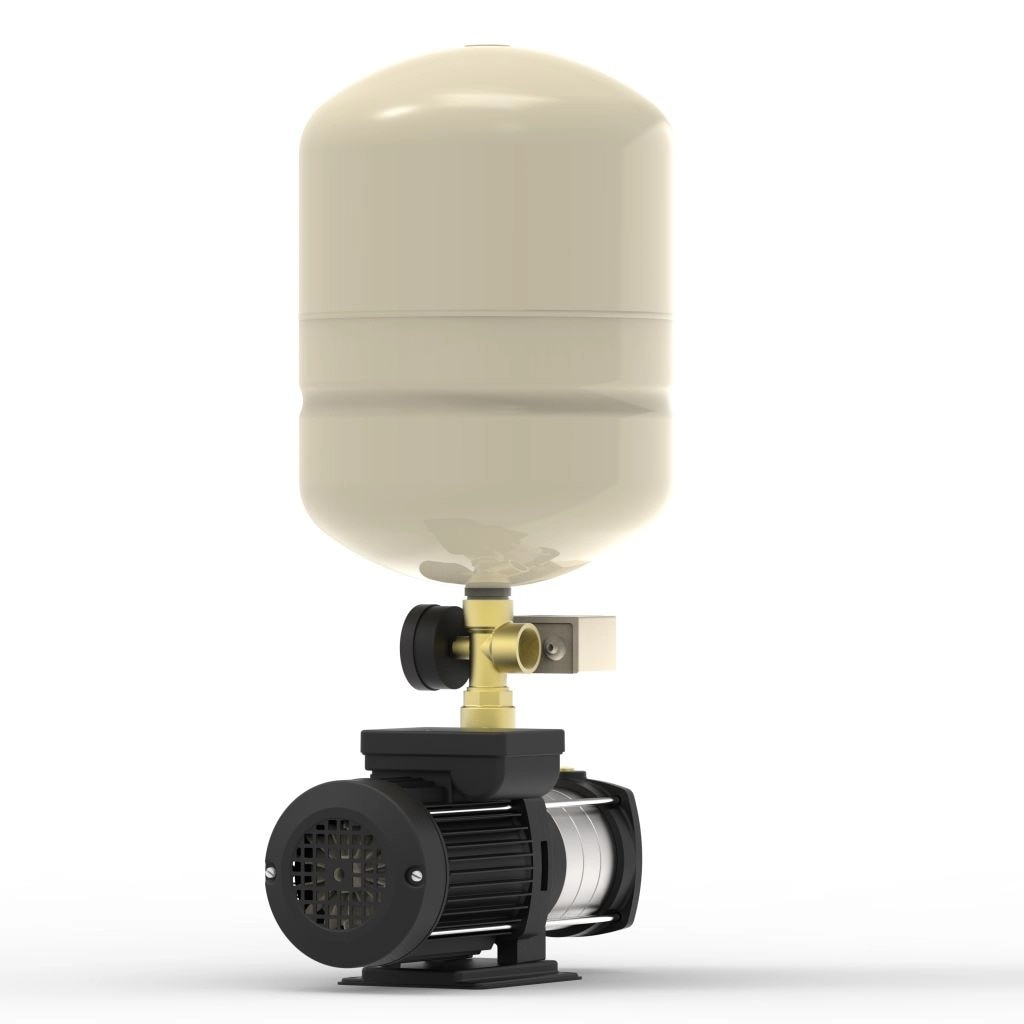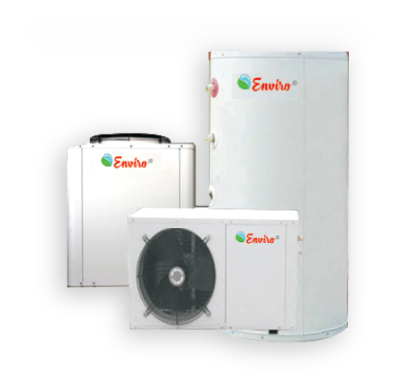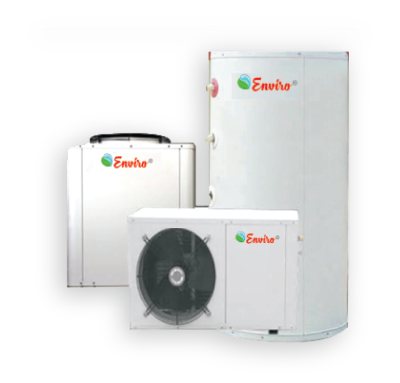Booster Pump
The Booster Pump System is a robust and efficient solution designed to enhance water pressure and flow in residential, commercial, and industrial applications. Engineered for reliability and performance, this system is ideal for ensuring consistent water supply in areas with low or fluctuating pressure.
Key Features:
High Performance: Equipped with a powerful motor and advanced impeller design, the booster pump delivers optimal pressure and flow rates, meeting the demands of various water delivery systems.
Durability: Constructed with corrosion-resistant materials such as stainless steel and cast iron, ensuring a long service life even in challenging environments.
Energy Efficiency: Features advanced energy-saving technology, reducing power consumption without compromising performance.
User-Friendly Design: Compact and easy to install, the system includes intuitive controls and a digital interface for monitoring pressure and flow settings.
Quiet Operation: Operates with minimal noise, making it suitable for indoor and residential use.
Versatility: Compatible with municipal water supplies, wells, rainwater tanks, and irrigation systems.
Applications:
Residential water supply for homes and apartments
Commercial buildings such as hotels, schools, and offices
Industrial processes requiring consistent water pressure
Agricultural irrigation systems
Specifications:
Flow Rate: Up to [XXX] gallons per minute
Maximum Pressure: [XXX] PSI
Voltage: Available in 110V/220V options
Material: Stainless steel/cast iron housing
Warranty: [XXX]-year limited warranty
The Booster Pump System is the perfect choice for anyone looking to upgrade their water delivery system with a reliable, high-performance solution. Whether you need consistent pressure for your home or a dependable supply for commercial or industrial applications, this system offers unmatched quality and efficiency.
Send Message
